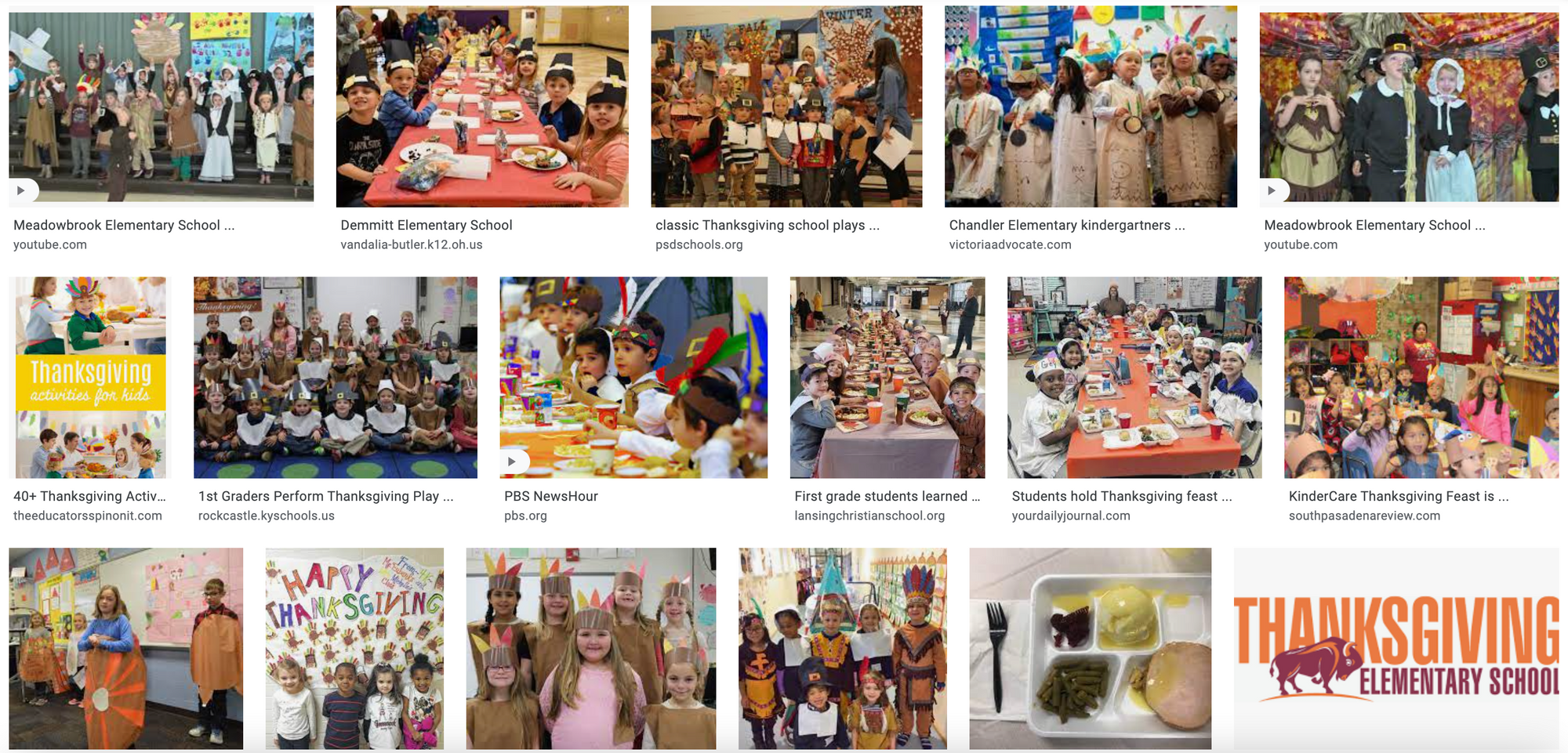If You Lived During the Plimoth Thanksgiving
A new, outstanding, Native-authored book about what really happened at Plymouth in 1621 is a welcome shift in teaching about Thanksgiving.

When we started homeschooling, Wanda was in first grade. Wanda's dad and I discussed how we wanted to approach history, and we decided together that we would rather teach it late than teach it wrong.
So much of history gets oversimplified for young kids. We were taught a history stunted by a lack of scrutiny. It was mythology packaged as history; rehashed telephone-game-style tales that are horribly skewed, and too often flat-out wrong. It's taking me time to unlearn, so I can try to reduce the amount of straight up crap info I give my kid.
Thanksgiving has been a great example of the preference in our family to teach history late, over teaching it wrong. We've sidestepped the goofy and offensive "pilgrims & indians were pals!" narrative entirely, and instead have focused on thankfulness, doing activities like a gratitude tree, and learning about harvest time.
Our learning about Native peoples has been separate from Thanksgiving. I've aimed to steer clear of colonial-driven entry points, turning to Native-authored books like The Birchbark House, Ancestor Approved, and Sacagawea. I only barely mentioned the traditional Thanksgiving mythology to give her a heads-up that she might encounter it, and it's way off-base, and we'll learn more about it in the future.
This year, that future is here, and a new, Native-authored book, If You Lived During the Plimoth Thanksgiving, is what I'm leading with.
We can all easily conjure up visions of how Thanksgiving has traditionally been covered in the early elementary school years. A feel-good story of perseverance through hard times thanks to the magic of new friendship and helpful Natives. Dressing up as "pilgrims" and "indians" by wearing construction paper buckle hats and feather headbands. We were told this was all Something to Be Proud Of, this Real American Origin Story.
And now, hopefully, HOPEFULLY, we understand that this was chock-full of flat-out wrong information, and a fantastic cringe-fest of offenses. I hope? Surely they don't do that anymore? A quick google of "elementary school thanksgiving" is a gut punch:

I see a dismaying number of little kids dressed as "indians" and "pilgrims," wearing the same old busted and offensive get-ups.
Cultures all around the world have harvest festivals centered on gratitude for what life has given us. That's the actual origin of American Thanksgiving, that's where there is meaning to be found. This "first Thanksgiving" business is a big ol' retcon.
There was a harvest feast that happened at Plymouth in 1621, and there was sharing between the English colonists and the Wampanoag people at that feast. But if you were to distill that story down to its simplest form, it should not come out warped into the story we were told as kids.
If You Lived During the Plimoth Thanksgiving is the book I've been waiting for. It does an excellent job of setting the record straight, dispelling the old myths and painting a more complete picture. The book was written by Chris Newell of the Passamaquoddy Tribe, with special thanks to Linda Coombs of the Aquinnah Wampanoag.
The Scholastic website says this is for grades 2-4, ages 7-10, but I'd happily recommend it for any age; I got a lot out of reading it. It's 92 pages long; it's not a picture book, but most pages have an illustration. It has a question-and-answer format, and covers a lot of territory beyond the arrival of the Mayflower and the feast that occured after that first, harsh winter: the context of who was on that ship and why; who had come to the area before; the variety of people who had been already been living here for many thousands of years; how the Native peoples were impacted; the pattern of negative interactions with Europeans, including an awful lot of theft, enslavement, and disease; where the European justification for claiming other lands came from (and how it persists today in American law); how the relationship between the Wampanoag and other nearby tribes and the European colonists evolved; how the story got distorted into our warped modern Thanksgiving mythology; and a whole lot more. There's a lot covered in those 92 pages.
Reading this book was just the reset button I'd been craving. It shows the strength of looking at history through someone else's lens. The book alternates pretty evenly between answering questions about the experiences of the Native peoples and the English colonists, giving the perspective and background for each in turn. The book's approach is a refreshing reminder that having our culture experienced as the default can make us blind to who we actually are. For example, the English concept of land as individual property is not assumed by the book to be the norm; it is explained, factually, simply, in the same manner that the Native concept of land as a vital communal resource is explained. Ooh, that felt healthy.
The illustrations! Oh my goodness, I loved the illustrations. The team pulling this book together scored when they were able to bring Winona Nelson on board, of the Leech Lake Band of Minnesota Chippewa. Her work is outstanding. She worked with a muted palette, which lets the text stay the star, but her work never feels dull; on the contrary, her masterful ability to draw human figures gives every picture life and vibrance. It's just gorgeous, and I hope I get to see a lot more of her work in the future.
Please don't let this make you hesitate to buy this book, but there is a small goof-up in the printing that I'm sure has everyone kicking themselves. A couple lines of text are missing from the top of page 82, which makes for a bit of confusing reading. The ebook version has been fixed, so I was able to grab the missing lines. Here is a corrected passage (and here it is in printable form, so you can insert it in your book at page 81/82.):
"Godey's Lady's Book was so popular that it influenced a lot of American popular culture. Sarah Josepha Hale wrote articles every November describing thanksgiving feasts. Her descriptions closely resemble the common Thanksgiving meal many Americans eat today. By the time Alexander Young published his book in 1841, thanksgiving feasts were popular and common celebrations in America. Young, however, incorrectly connected the new American tradition popularized by Hale with the feast of 1621 by calling it the "first Thanksgiving" in his footnote."
I'm so happy I get to read this book with Wanda later this month as part of our Thanksgiving learning, and I'm hopeful that in a few years when I google "elementary school thanksgiving" I may see a much better result.
(Nota bene: this book has not yet been reviewed on my go-to source for vetting kids' books with Native characters, American Indians in Children's Literature (AICL). The "If You Lived..." book series by Scholastic has a spotty track record for this stuff, but this book appears to be part of an effort to do better. I think the book is great, but I'm eager to hear from Native reviewers.)

